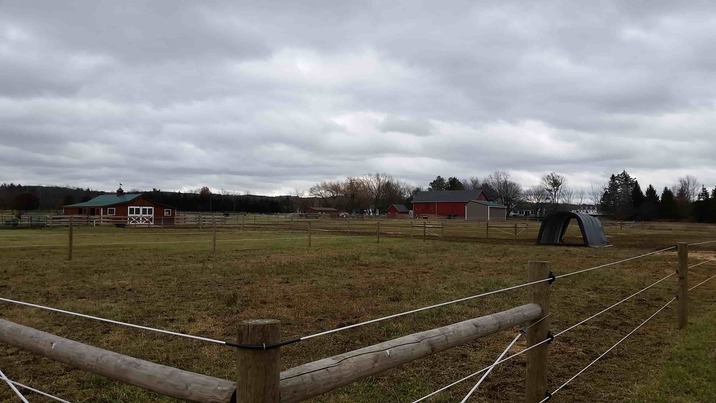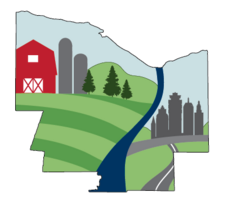Agricultural Non-point Source
Abatement & Control
This grant program was established in 1994 by the State of New York to assist farmers in preventing water pollution from agricultural activities by providing technical assistance and financial incentives. County Soil & Water Conservation Districts apply for the competitive grants on behalf of farmers and coordinate funded conservation projects.
Grants can cost-share up to 75% of project costs or more if farmers contribute in the following two areas:
Planning - funds awarded to conduct environmental planning
Implementation - funds awarded to construct or apply management practices
The New York State Soil & Water Conservation Committee and the Department of Agriculture & Markets coordinate the statewide program and allocate funds provided by the NYS Environmental Protection Fund on a semi-annual basis. Since the program began in 1994 more than $153 million has been awarded to Soil & Water Conservation Districts across the state to help farmers reduce and prevent agricultural sources pollution.
What is Nonpoint Source Pollution?
The primary cause of New York’s remaining water quality challenges can be attributed to a wide array of pollutants resulting from various types of land uses, which is termed nonpoint source (NPS) pollution. As rainfall or snowmelt moves over and through the ground, the runoff picks up and carries away natural and human-made pollutants, finally depositing them into lakes, rivers, wetlands, coastal waters, and even our underground sources of drinking water.
These pollutants include:
- Excess fertilizers, herbicides, and insecticides from residential areas and agricultural lands
- Oil, grease, and toxic chemicals from urban runoff and energy production
- Sediment from improperly managed construction sites, crop lands, and eroding streambanks
- Salt from roadways, irrigation practices, and acid drainage from abandoned mines
- Bacteria and nutrients from livestock, pet wastes and faulty septic systems
- Atmospheric deposition and hydromodification
Project Name: Ag Non-point Source Projects
Funding Round: 21
Year Began: 2015
Year Completed: Ongoing

The District is currently cooperating with local landowners in several projects funded with the Agricultual Non-point source grant. Below are the projects funded from Round 21.
Riparian Buffers
A 35 ft. wide, 440 ft. long herbaceous buffer of approximately .25 acres, consisting of natural grasses and forbs has been identified to be taken out of pasture production. This area will be maintained to keep the natural native plant community in the buffer area. With these native plants, it is hoped that this buffer will be effective in reducing nutrient and sediment migration from the farm pasture system to the unnamed tributary of Irondequoit Creek, as well as increasing the amount of native habitat in the area.
Exclusion Fencing
The District completed approximately 3.5 acres of pasture fencing for horses on one farm to exclude them from a threatened tributary to Irondequoit Creek. It is expected that the land use transformation from row crops to permanent pasture and the installation of the exclusion fencing will help reduce about 2.3 tons/acre of sediment per year from making its way into the creek. Approximately 3,226 feet of fencing was installed. Approximately 620 feet of 1”Pex water line was installed to convey water from the farm well to the grazing pastures and barns. Five portable stock tank watering facilities were also installed to provide water to the livestock.
Cover Cropping
The District has completed an extensive cover cropping program beginning in 2016. Cover crops are a plant sowed into the ground after the harvest season is completed in fall. After the main crop is harvested from a field, the exposed soil is susceptible to erosion by wind and water. Eroded soils cause two problems: first the soil is transported to local waterways where the abundant sediment damages aquatic plants and the excessive nutrients in the soil cause an increase in algae populations – leading to harmful algal blooms. Second, the loss of the top layer of soil (often the most nutrient rich layer) means that there will be less nutrients for the next generation of crops in the spring.
Planting a cover crop in the fall allows farmers to preserve their soil and prevent erosion. One farm we’ve worked with has planted 60 acres of cover cropping the last three years with help from the District!
